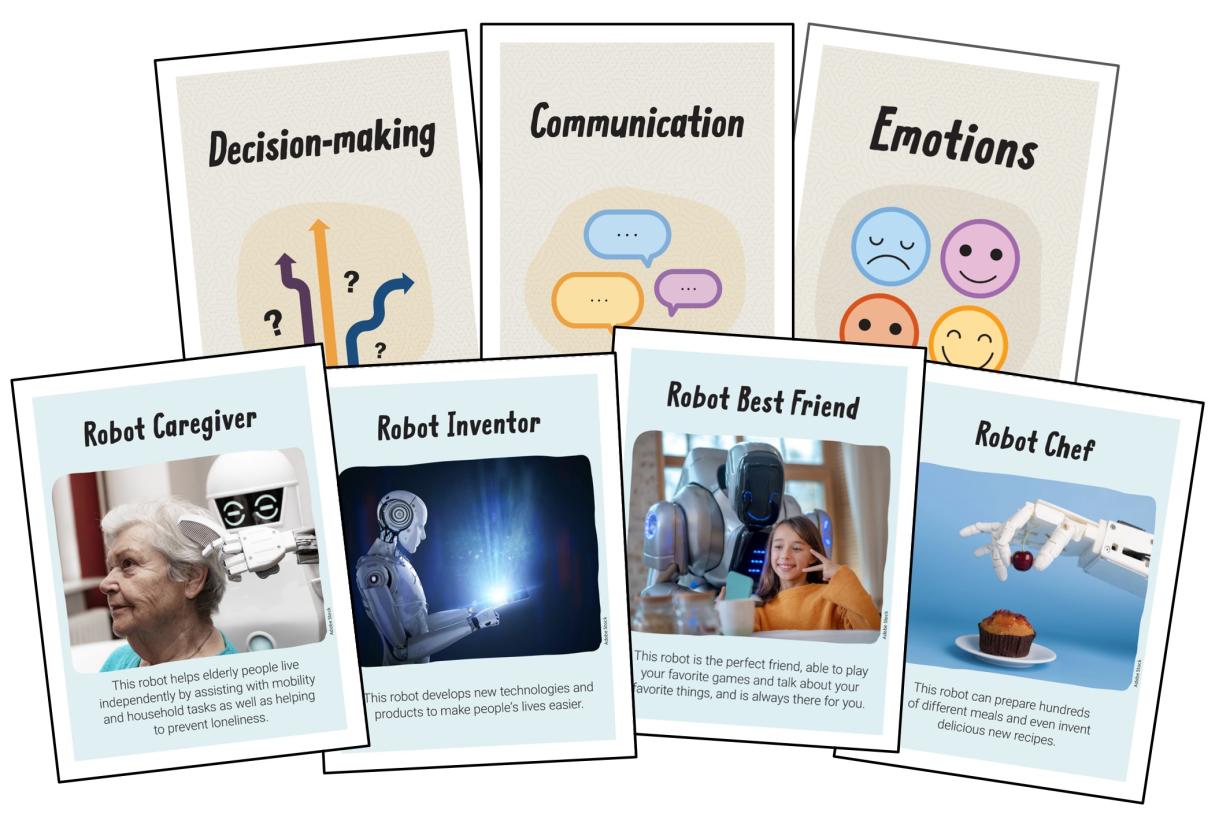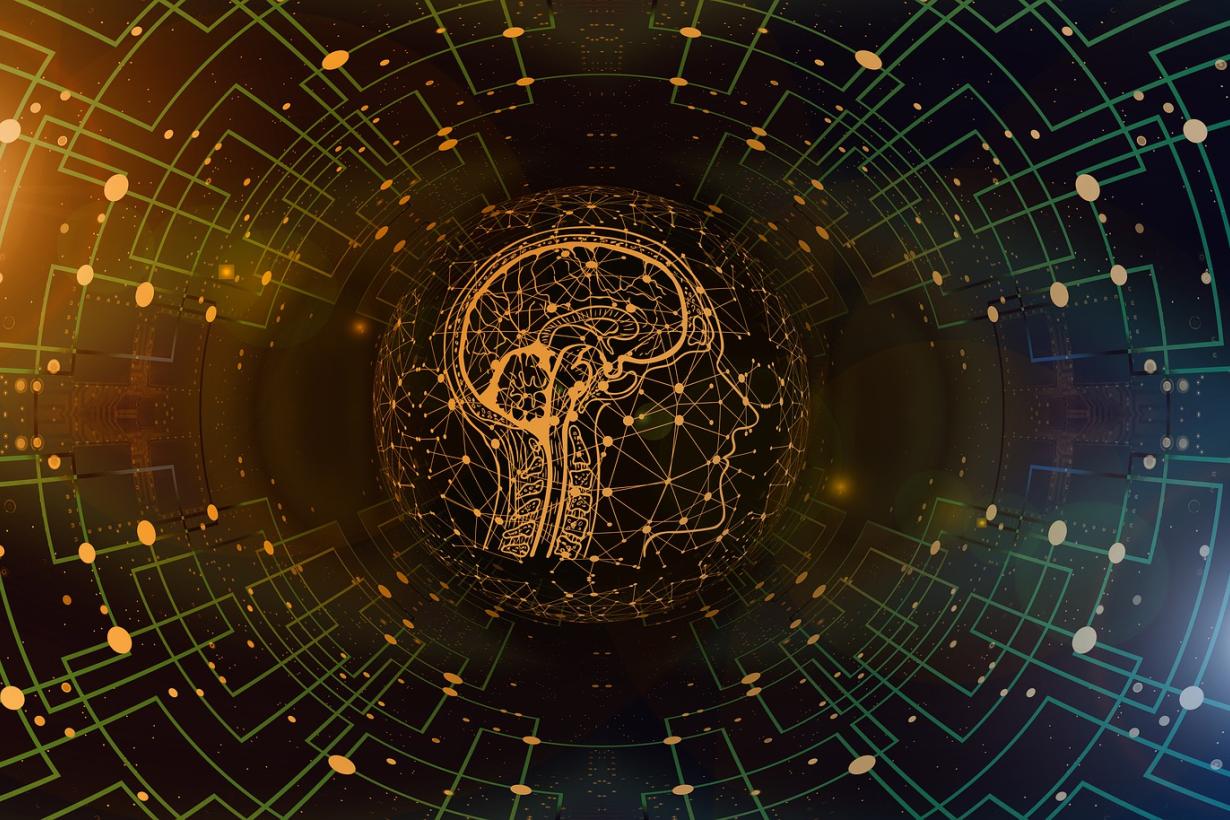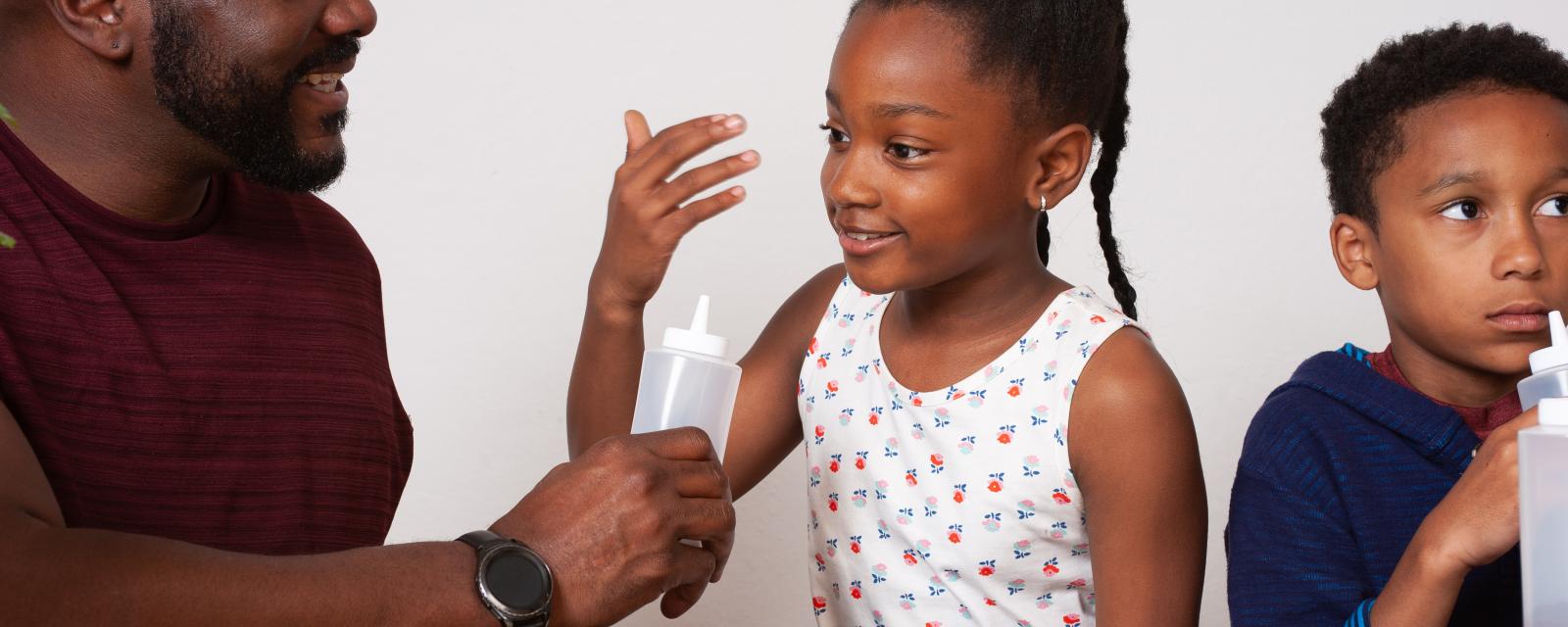
Senses
Smell
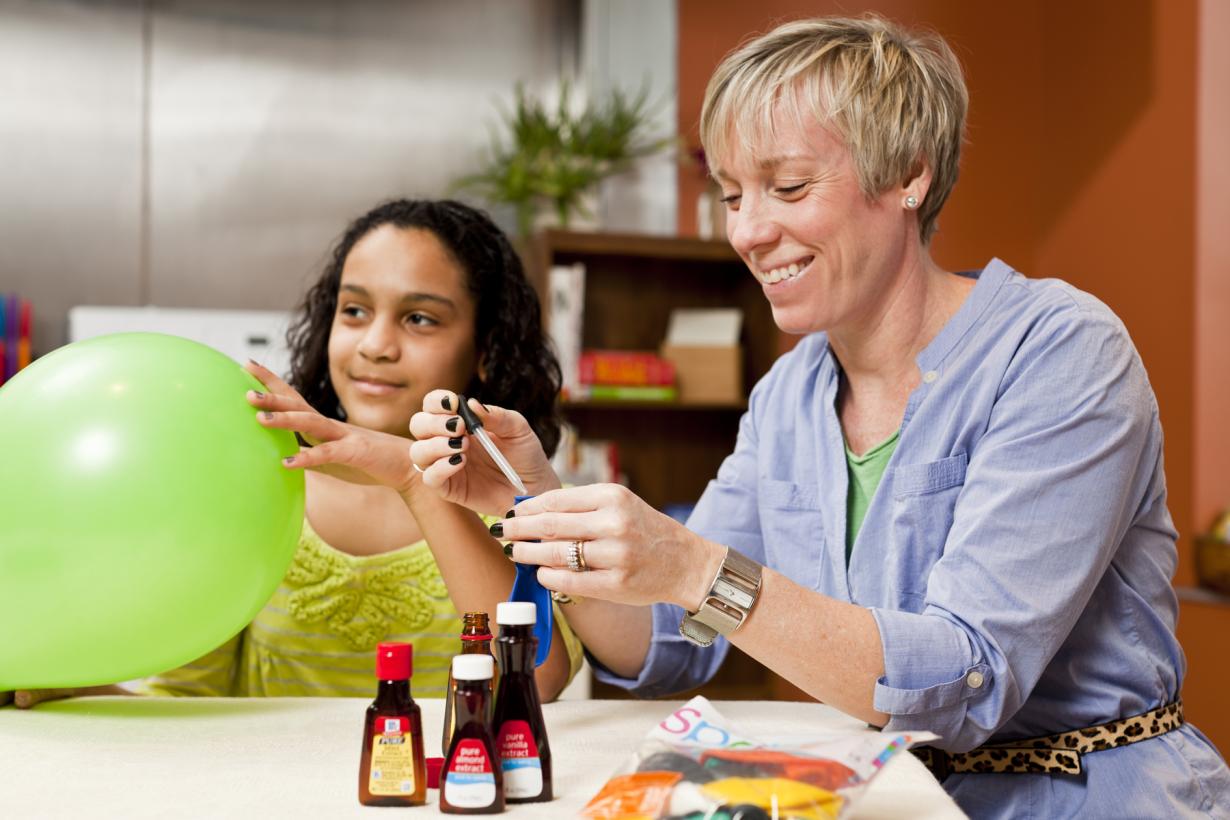
Exploring Size - Smelly Balloons
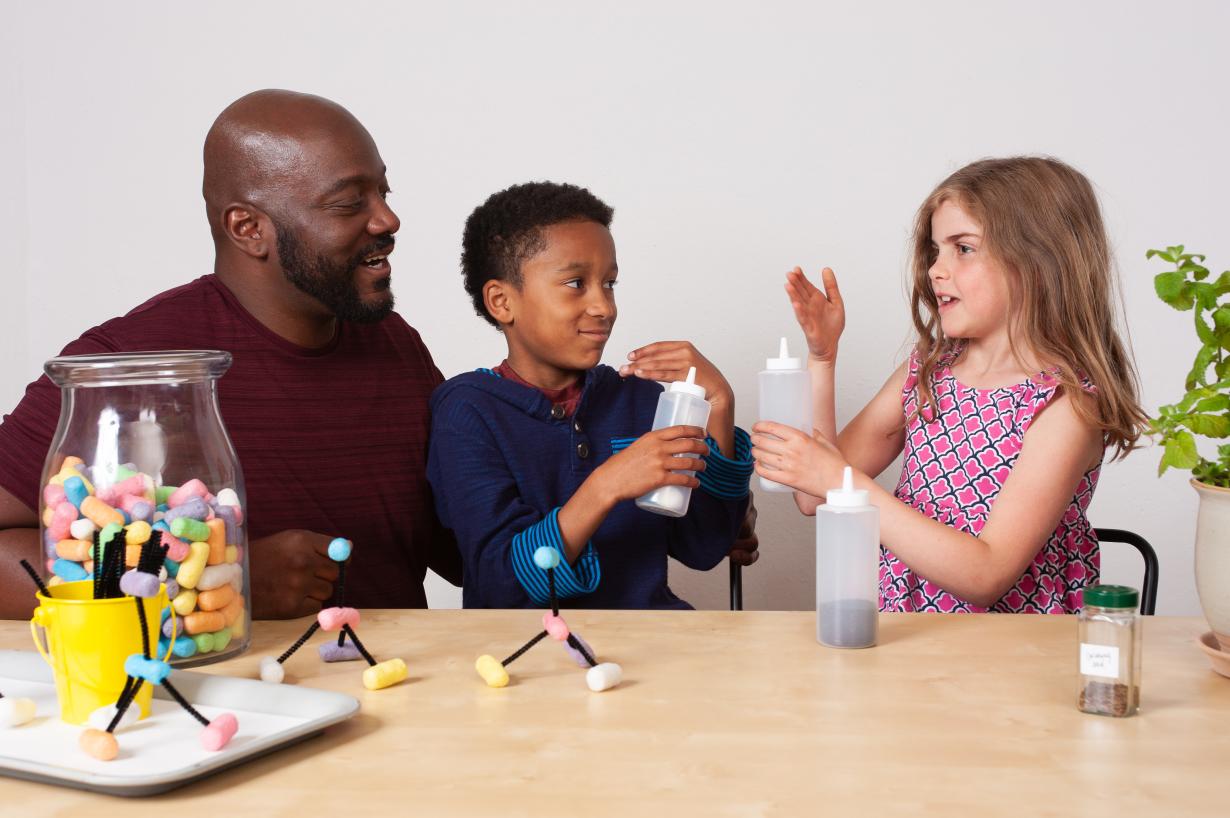
Chemistry Makes Scents
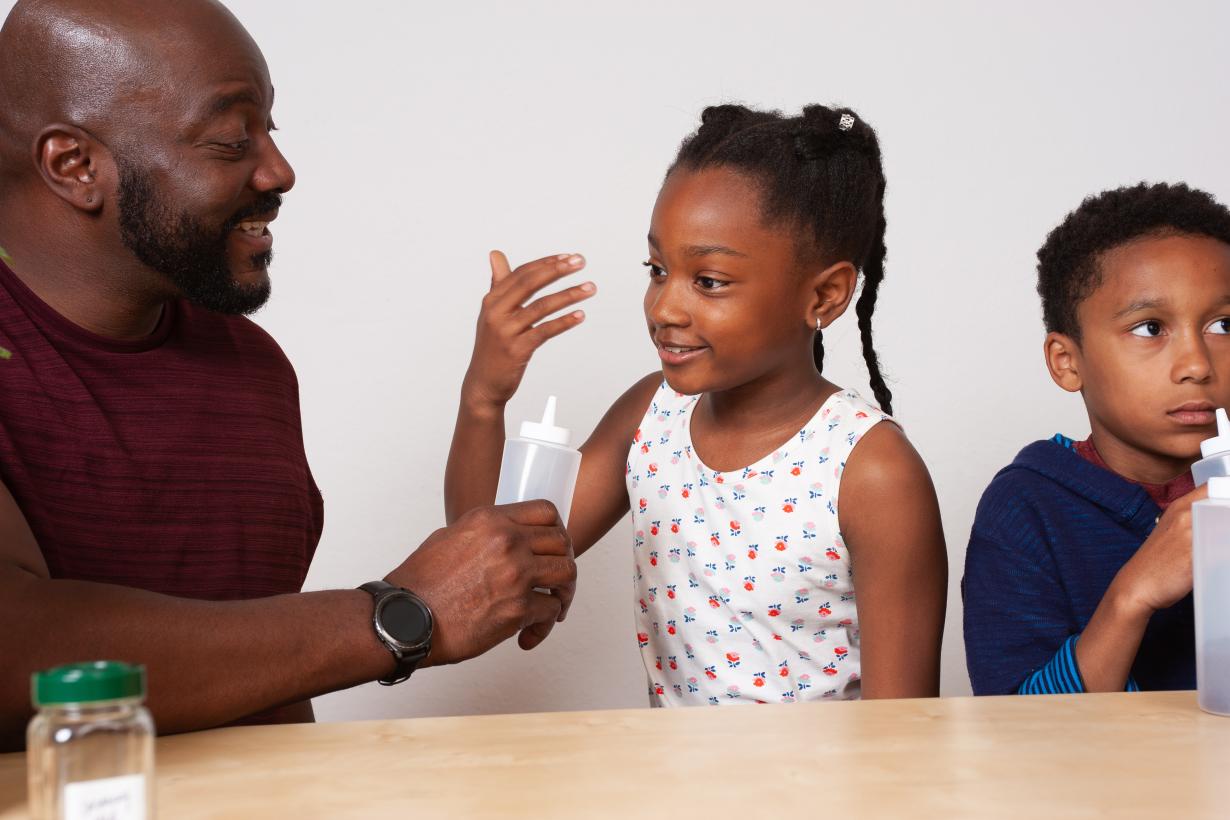
Exploring Size - Scented Solutions

What’s Nano About Chocolate?
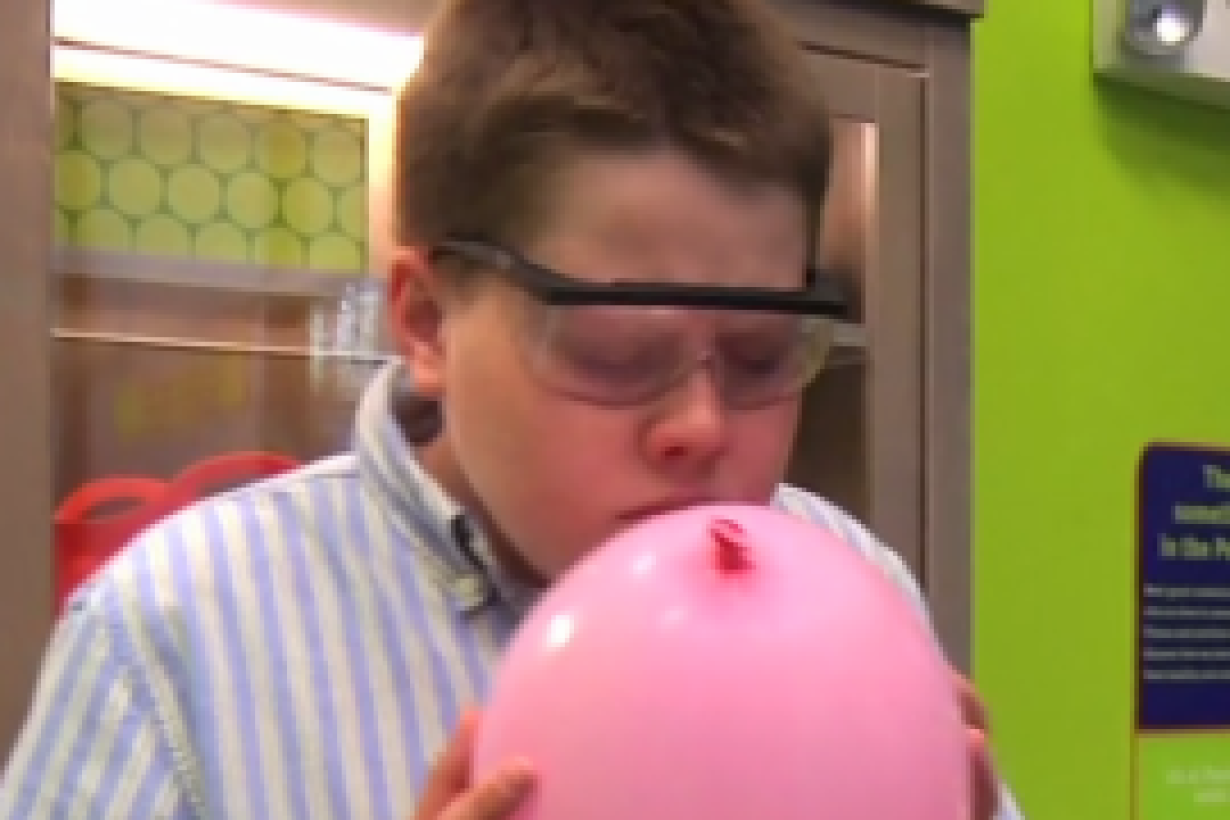
Getting a Sense of Smell
Taste
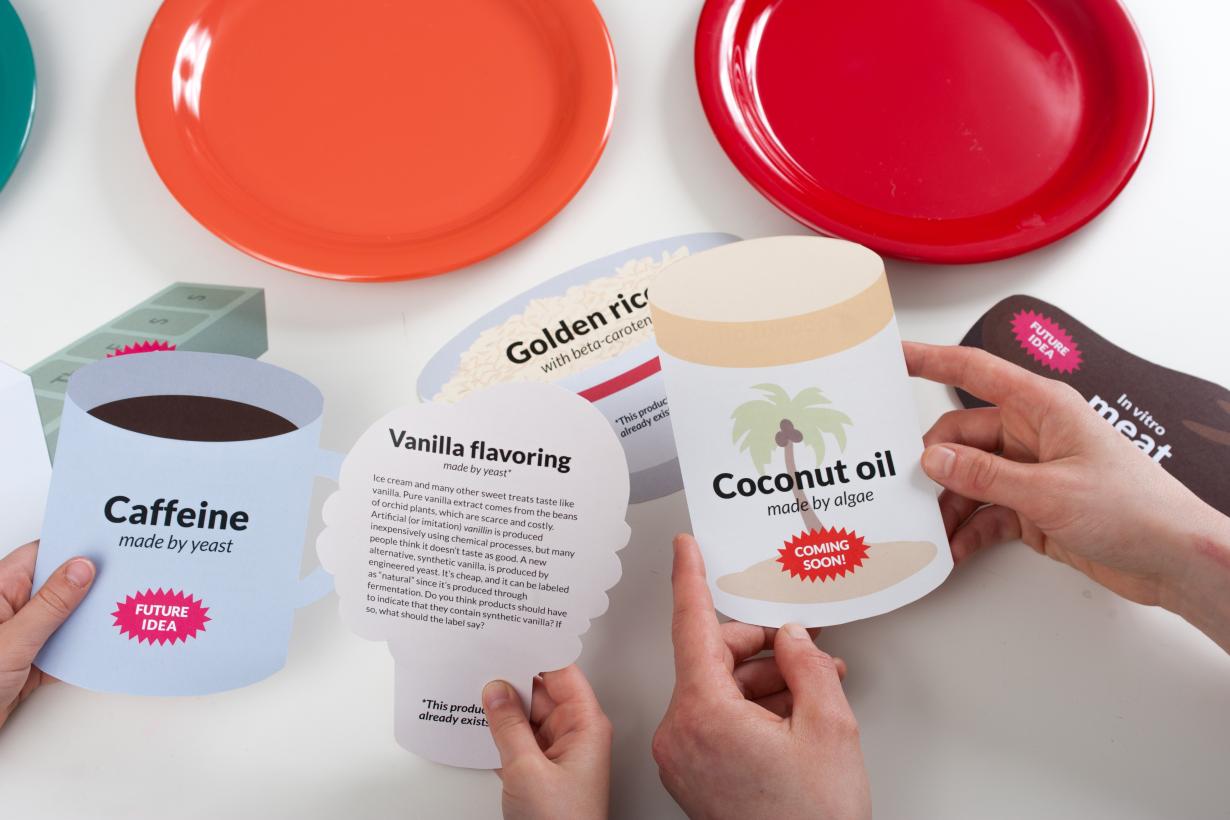
Food Activities
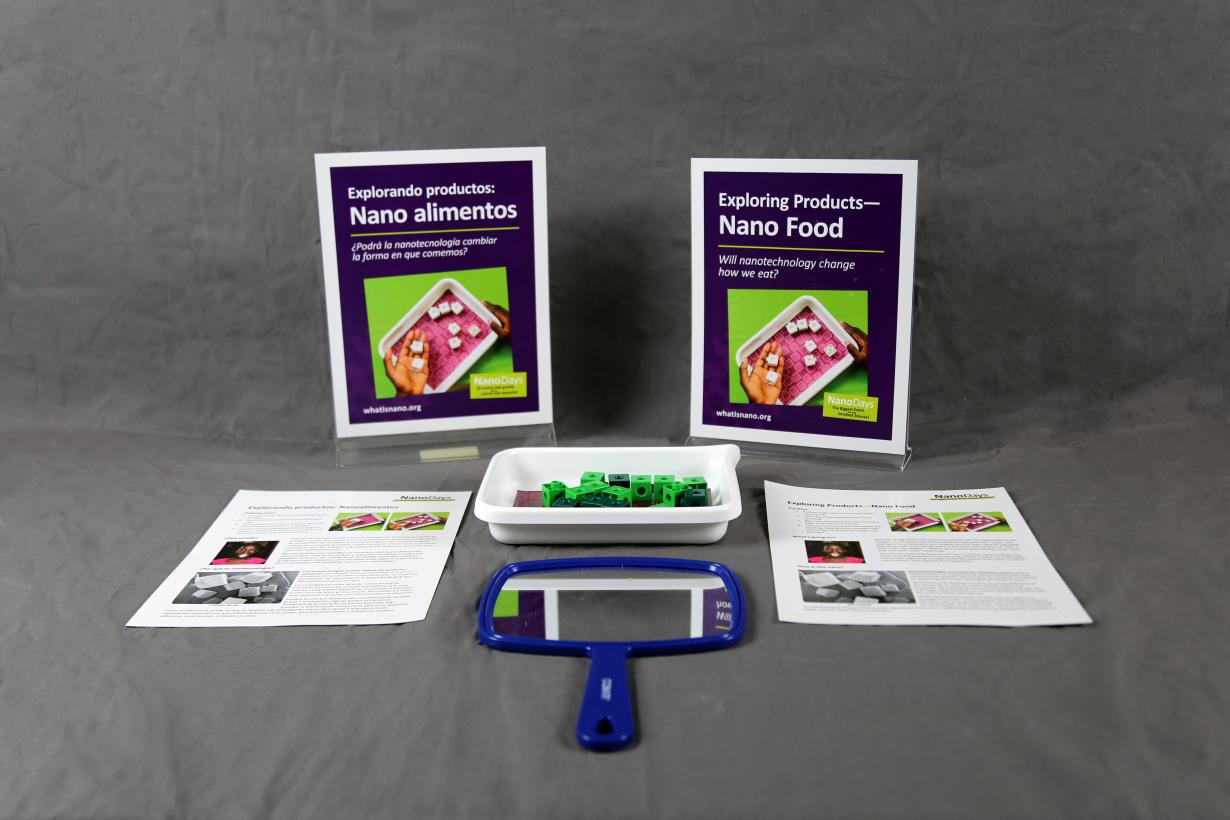
Exploring Products - Nano Food
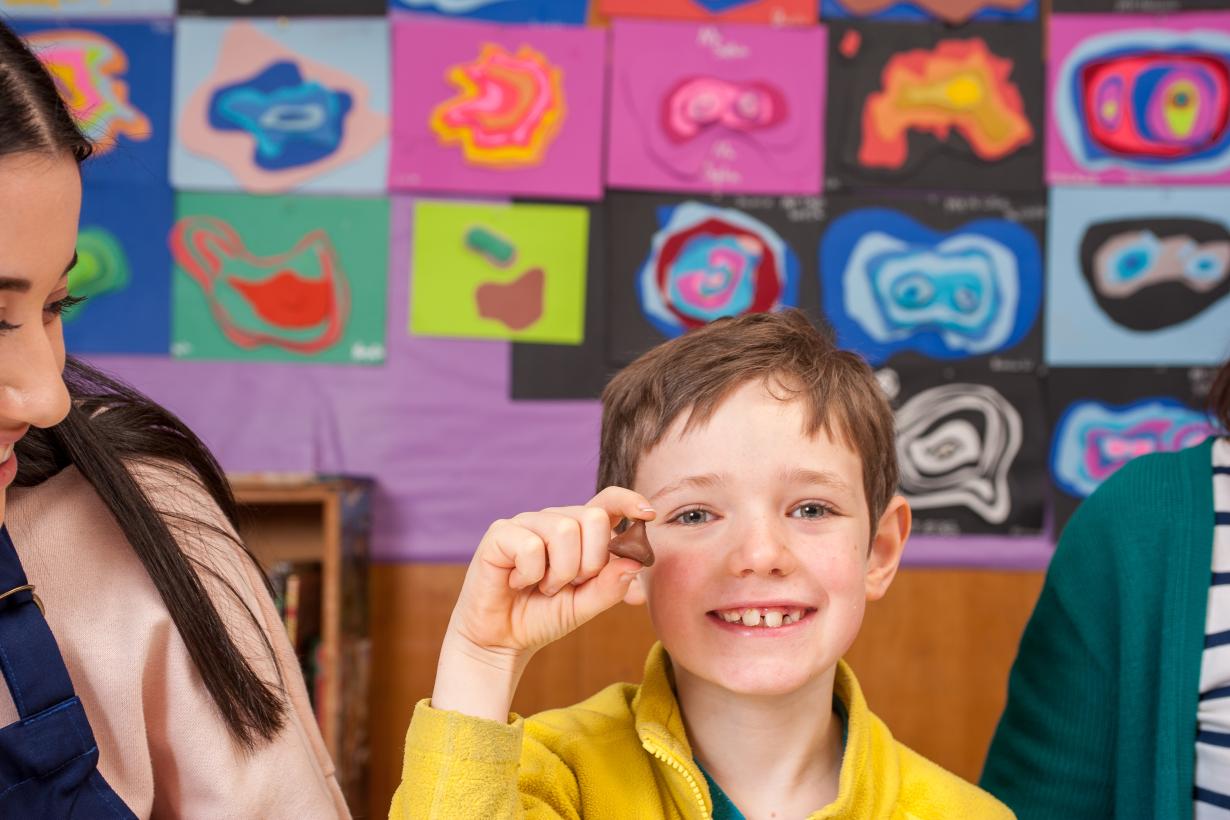
Gum and Chocolate
Hearing
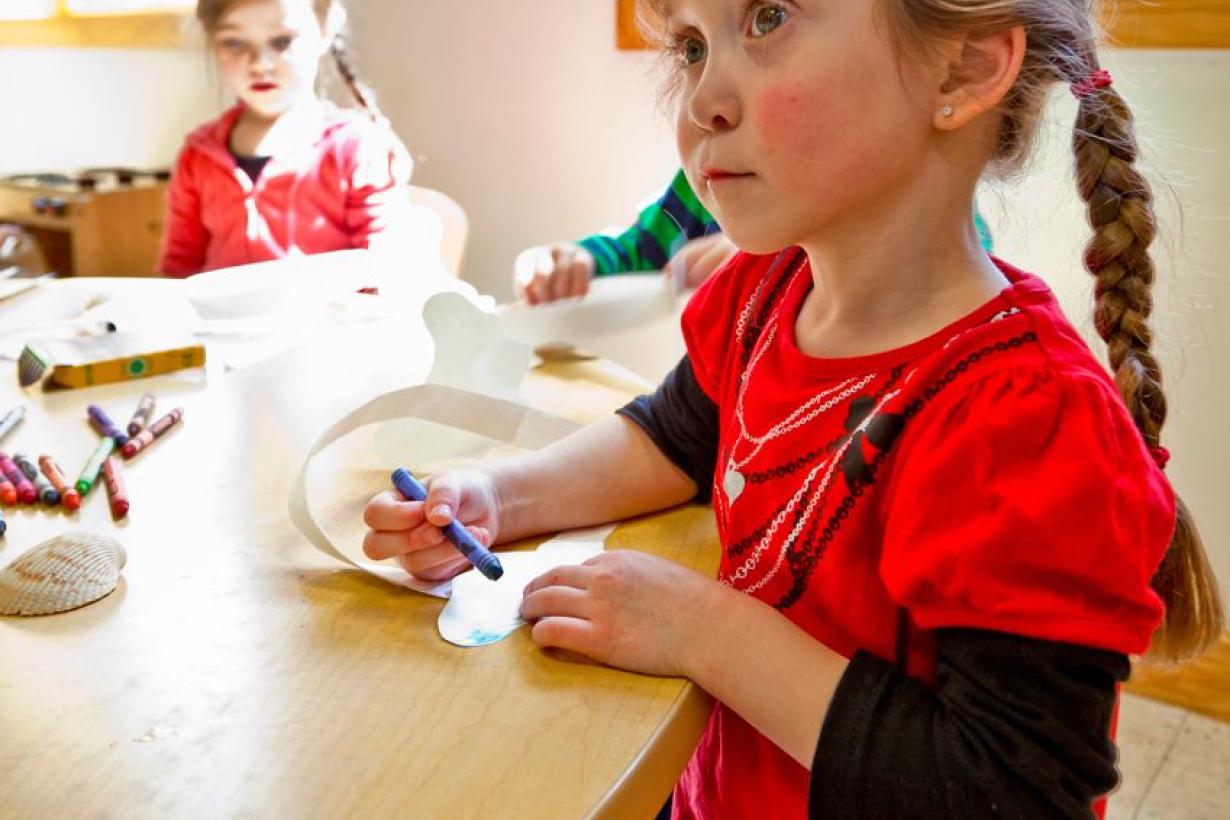
Horton Hears a Who! Storytime
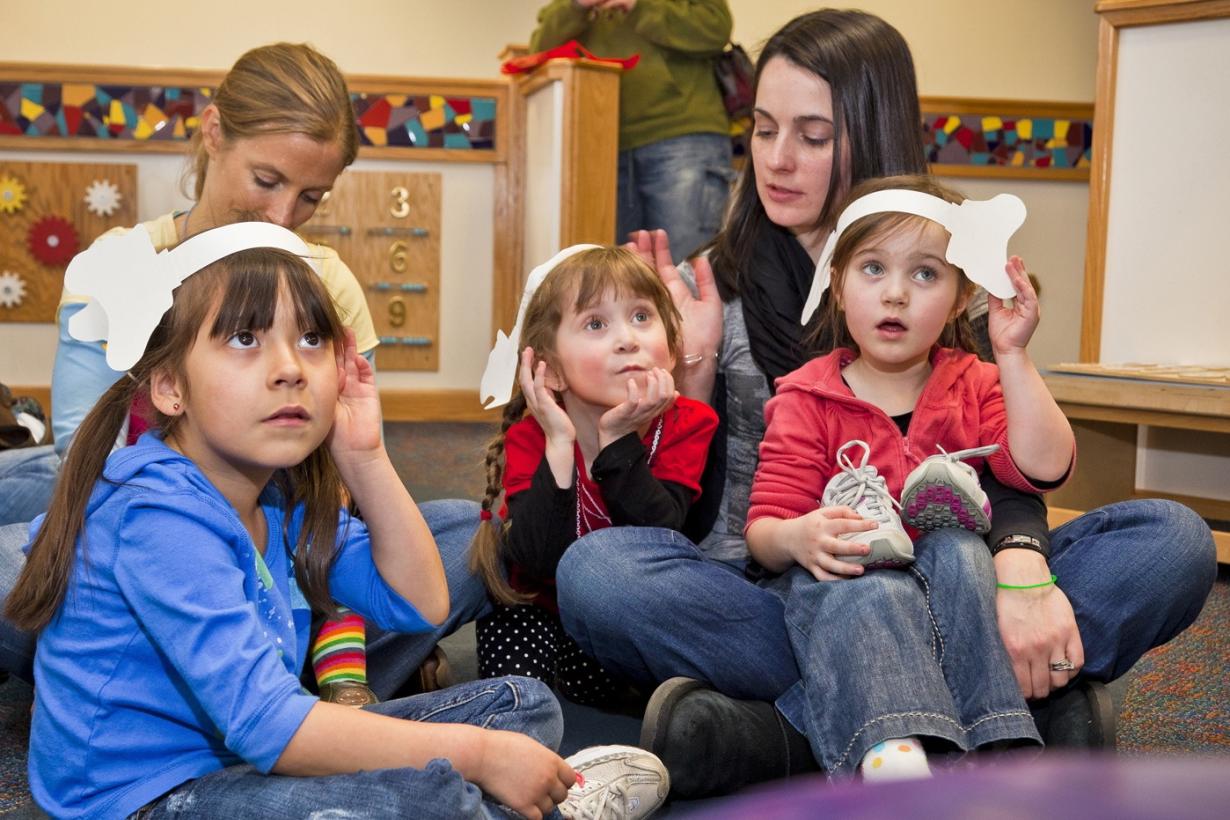
Horton Senses Something Small
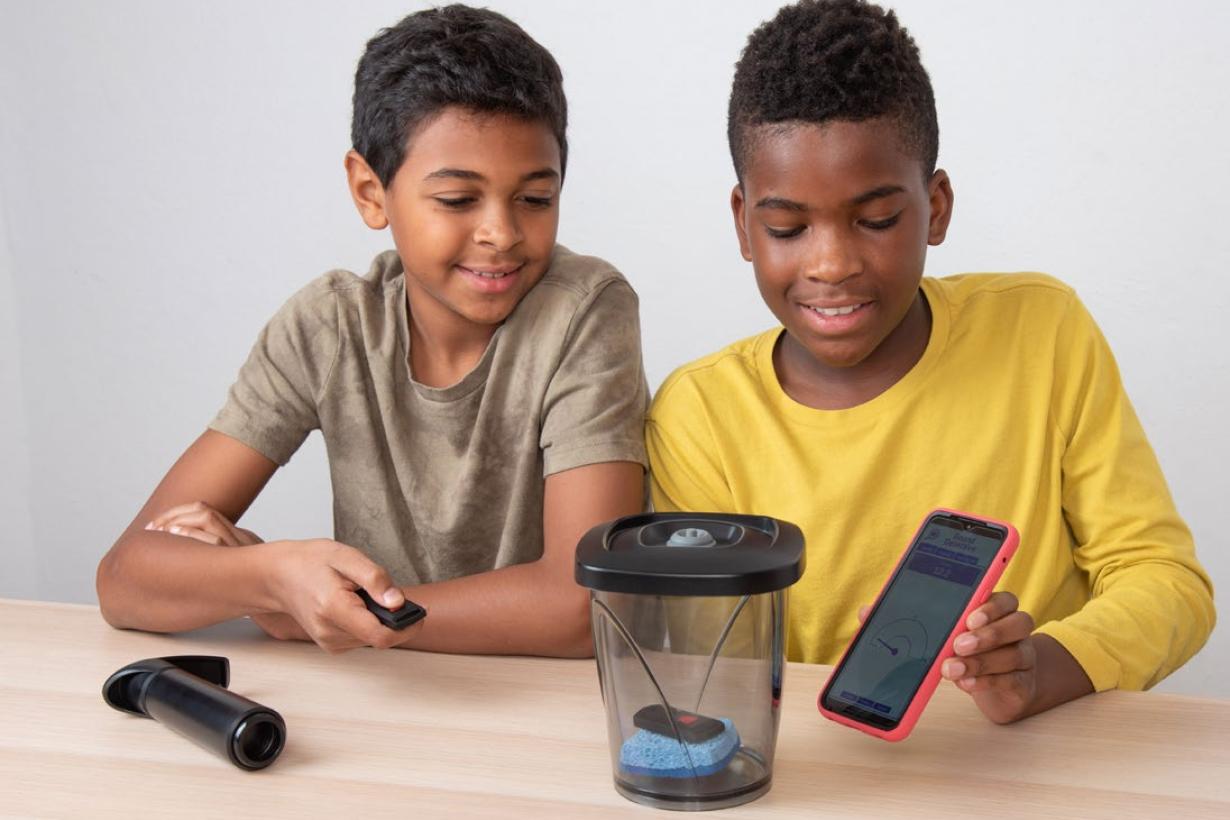
Radio Explorers: Messages from Space
Vision
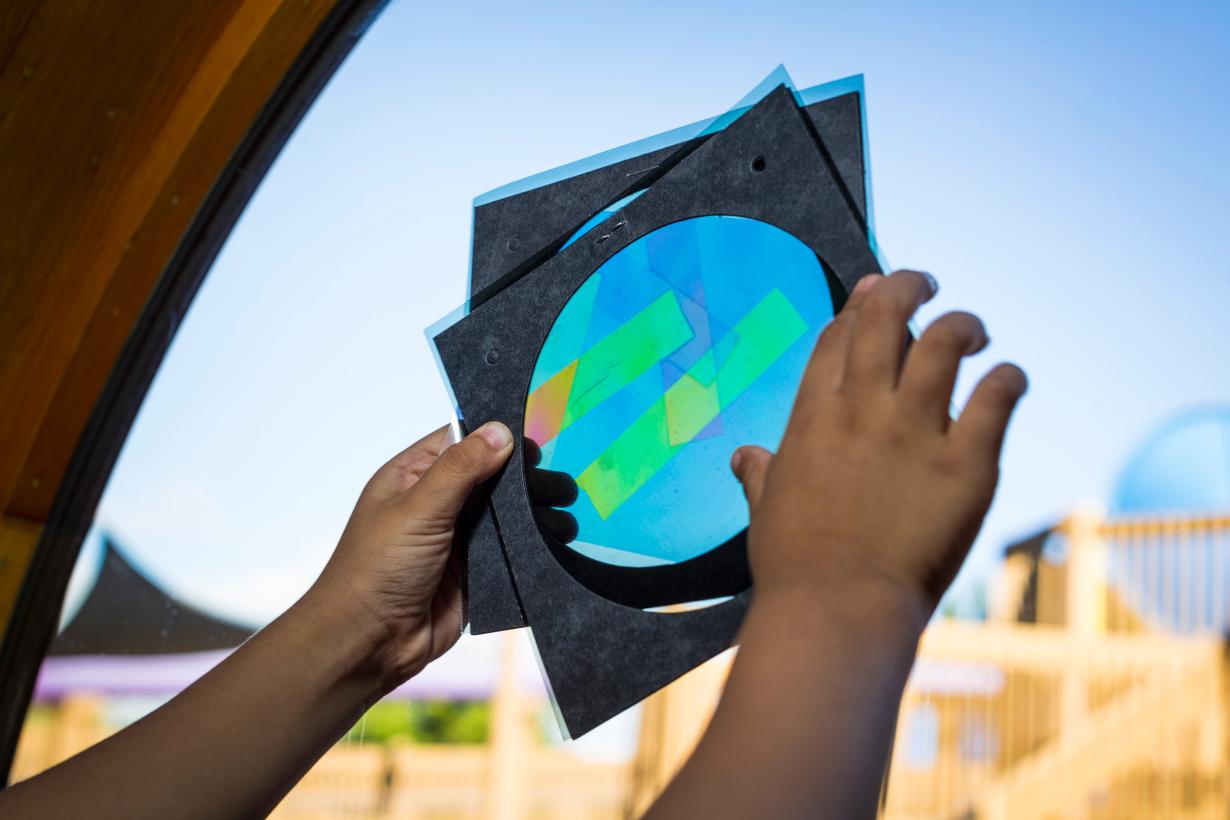
Light Activities
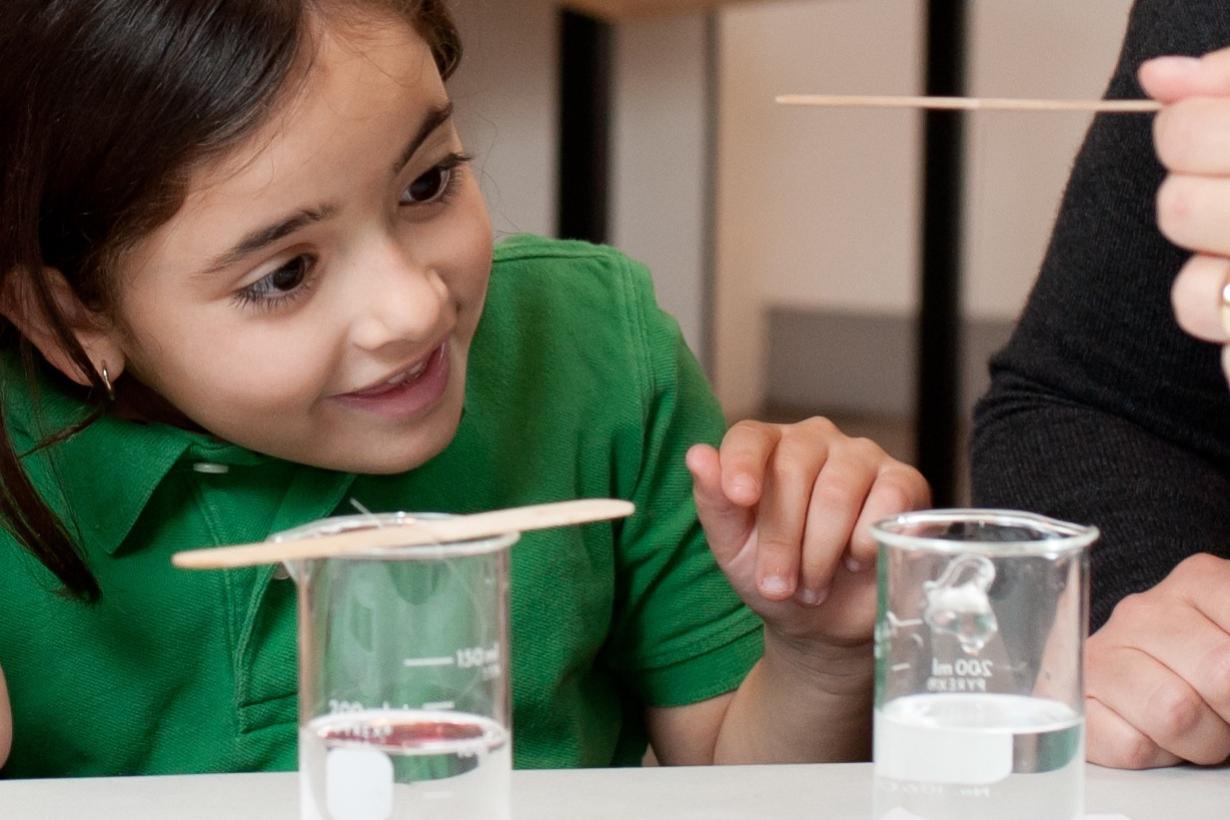
Exploring Properties - Invisibility
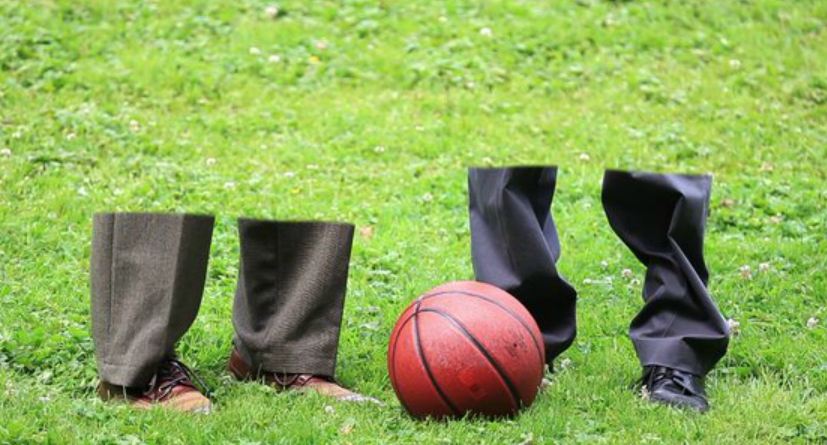
Invisibility Cloak video
Invisible Sunblock
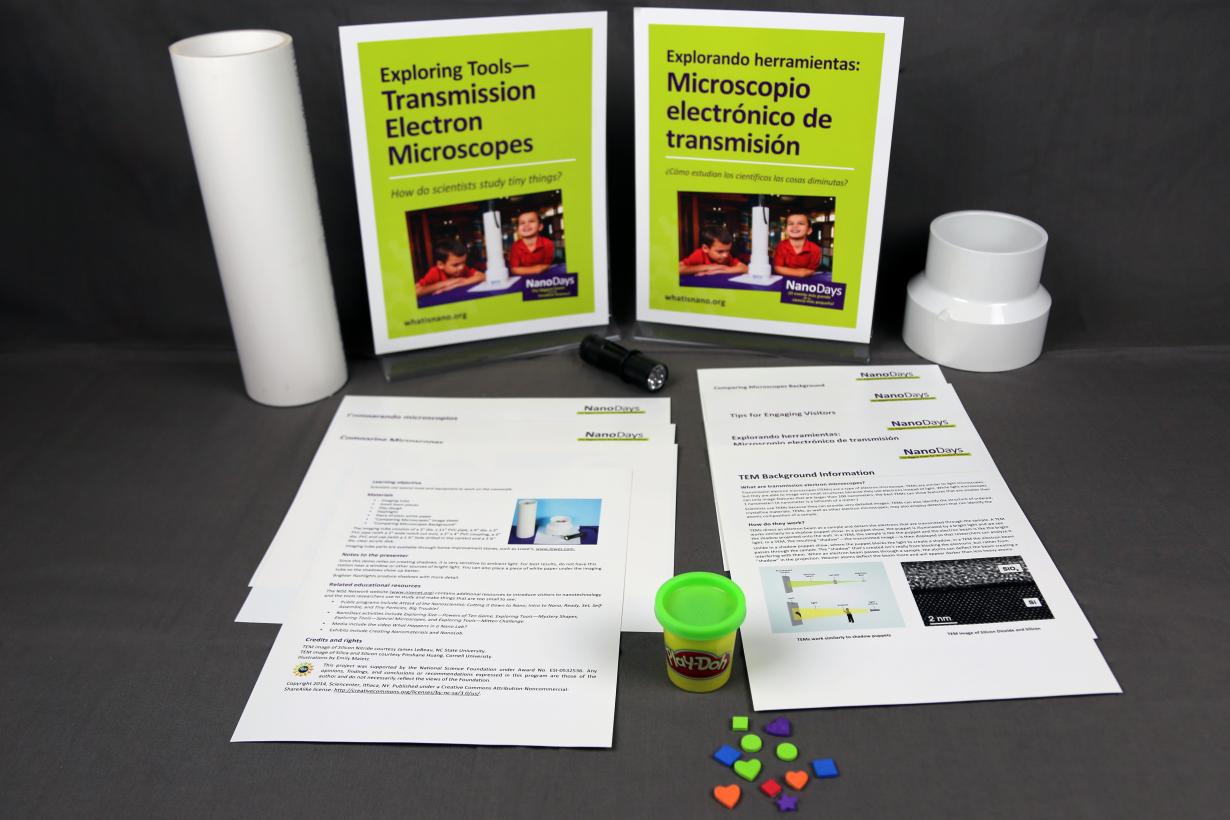
Exploring Tools - Transmission Electron Microscopes
Touch
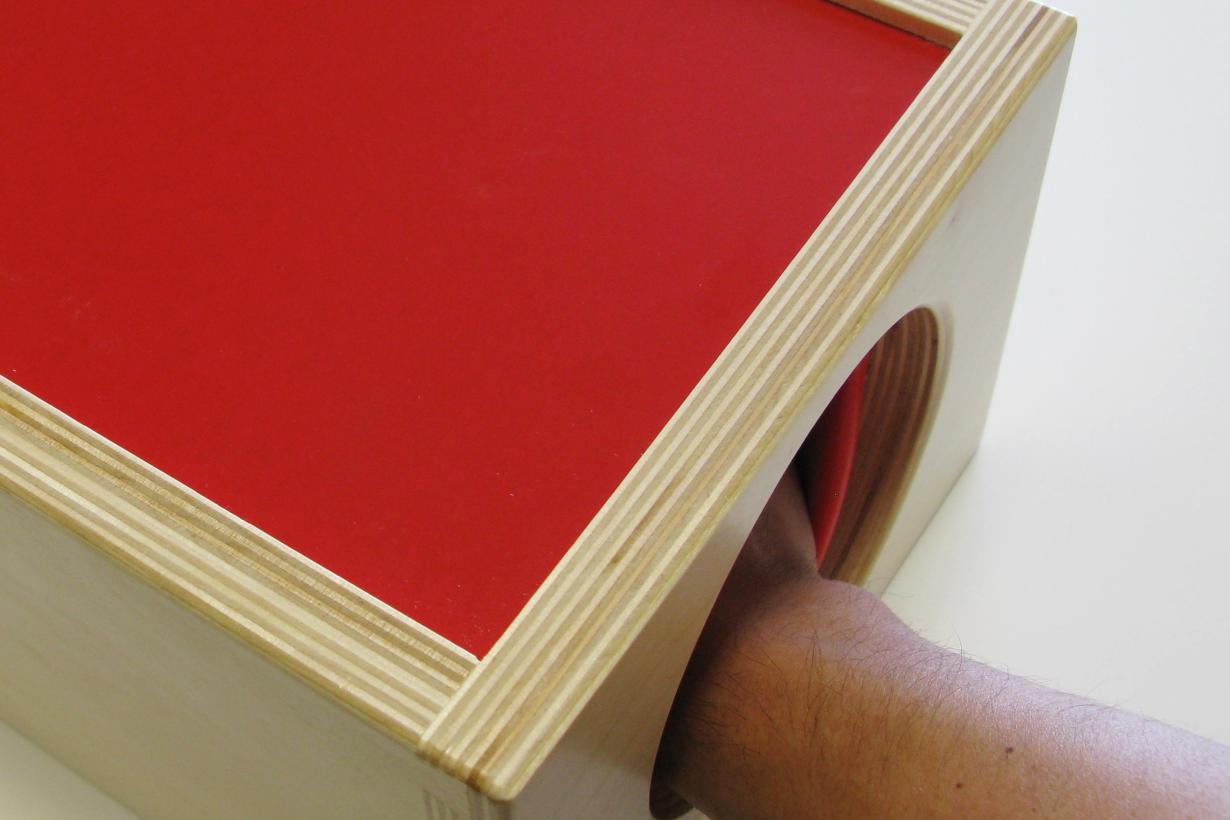
Exploring Tools - Mystery Shapes

Exploring the Solar System: Magnetic Fields
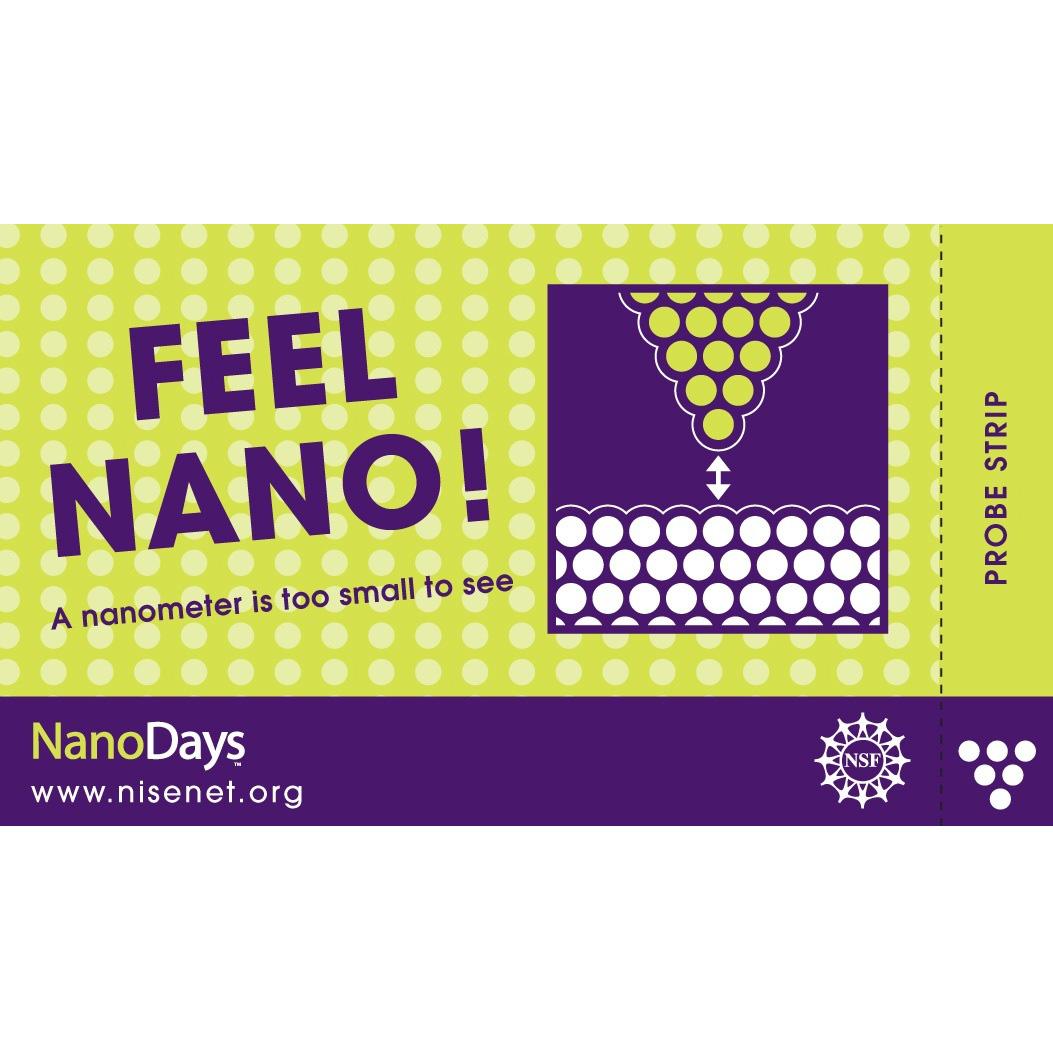
Exploring Tools - Special Microscopes
Is sensing uniquely human?
Touch
Tactile Books and Models for Visually Impaired Visitors
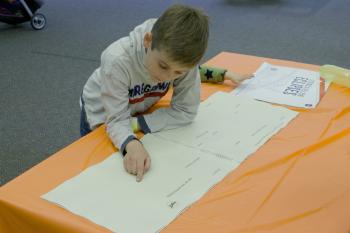
NISE Network strives to share STEM public engagement resources designed to for all audiences, including blind and visually impaired participants. For more information about how NISE Network products are designed with an inclusive audiences approach using Universal Design principles, visit https://www.nisenet.org/Audiences.
Strategies and Best Practices
- NISE Network Tips for Accessibility, Inclusion, and Engagement in Museums and Planetariums
- Everyone’s Universe by Noreen Grice http://www.youcandoastronomy.com/everunivnew.html
- Universal Design Guidelines and strategies for creating accessible and successful learning and social experiences for multiple and diverse public audiences with the NISE Network. https://www.nisenet.org/catalog/universal-design-guidelines-programs
https://www.nisenet.org/catalog/universal-design-guidelines-exhibits
Earth & Space Tactile Books
- NASA SSERVI Tactile and Braille Books https://sservi.nasa.gov/books/
- Getting a Feel for Lunar Crates: Apollo 50th Commemorative Edition tactile book
- Mars Exploration tactile book
- A Tactile Guide to the Solar System tactile book
- Touch the Stars tactile book http://www.youcandoastronomy.com/bookstars.htm
NASA 3D Printing Resources
- NASA 3D printing and 3D model resources: https://nasa3d.arc.nasa.gov/models
- Mars
- 3D printable Mars models: https://nasa3d.arc.nasa.gov/search/mars
- Custom 3D print files can be generated using the NASA Mars Trek: https://trek.nasa.gov/mars/
Users can draw bounding boxes around any areas of interest to generate output files for 3D printing of desired surface features, instructions: https://trek.nasa.gov (choose "3D printing" from menu at the bottom of the screen)
- Moon
- 3D Printed image of the Lunar South Pole https://www.nasa.gov/specials/apollo50th/media.html
- 3D printable lunar models including Apollo landing sites: https://nasa3d.arc.nasa.gov/search/lunar
- Custom 3D print files can be generated using the NASA Moon Trek: https://trek.nasa.gov/moon/
Users can draw bounding boxes around any areas of interest to generate output files for 3D printing of desired surface features, instructions: https://trek.nasa.gov (choose "3D printing" from menu at the bottom of the screen)
- More 3D printing resources
- Smithsonian 3D Digitization (https://3d.si.edu)
- Using TouchSee for 3D printed Braille (https://touchsee.me)
More Resources about Senses
- HowToSmile.org activities about senses
https://www.howtosmile.org/resource-search/senses
Using tools to detect things we can't see
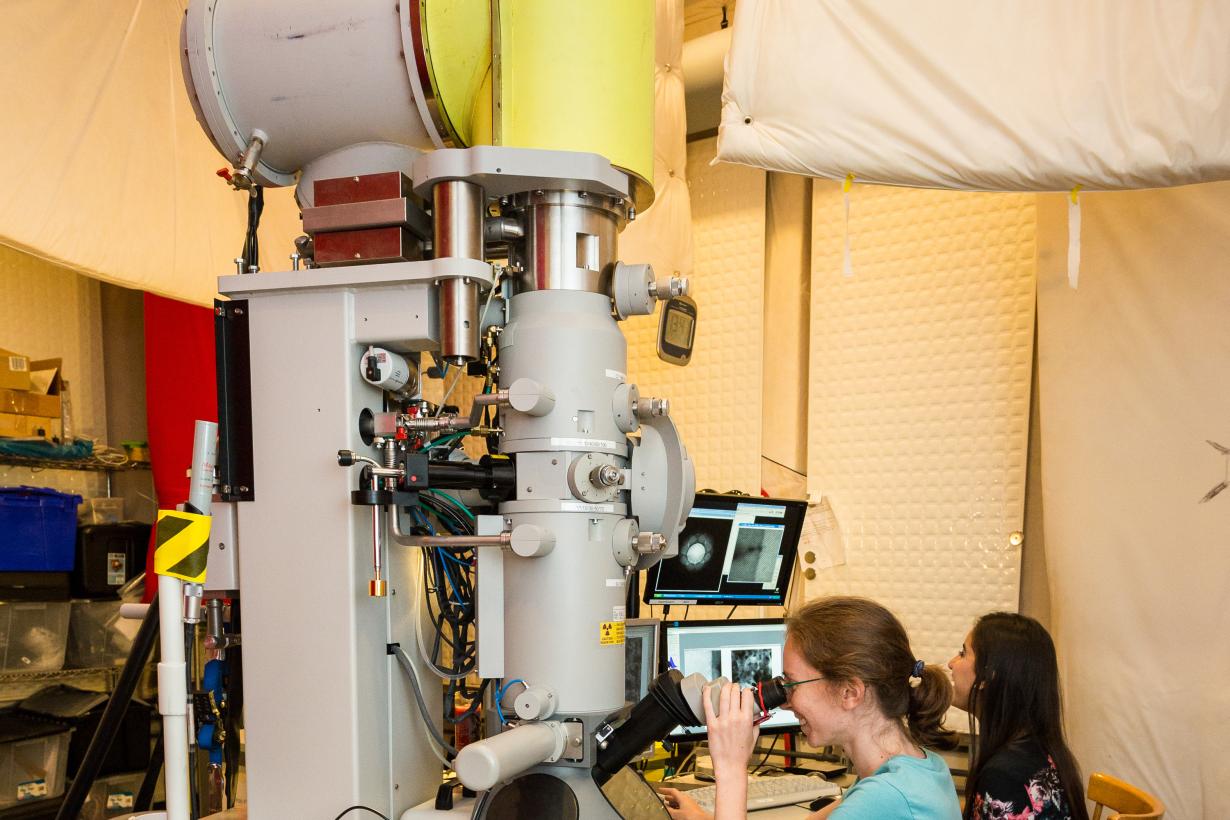
Microscopes and Tools for the Small
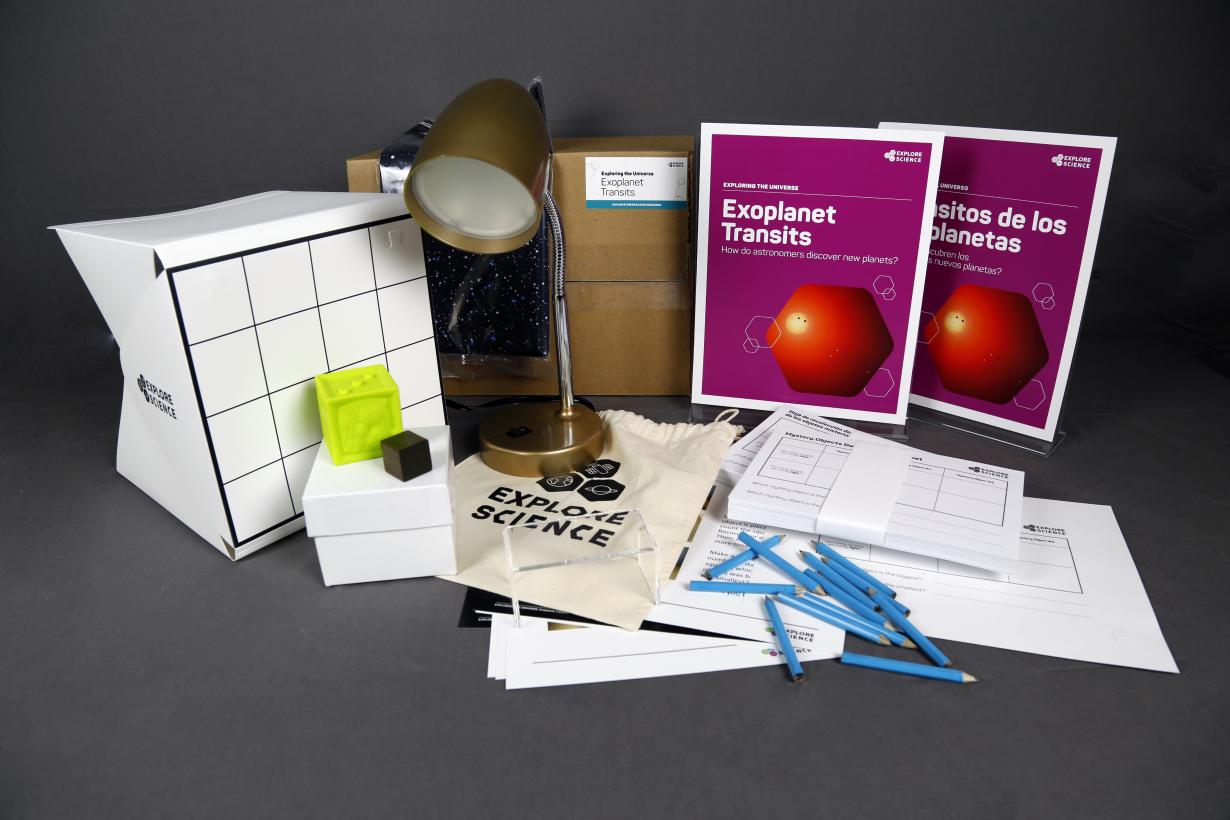
Exploring the Universe: Exoplanet Transits
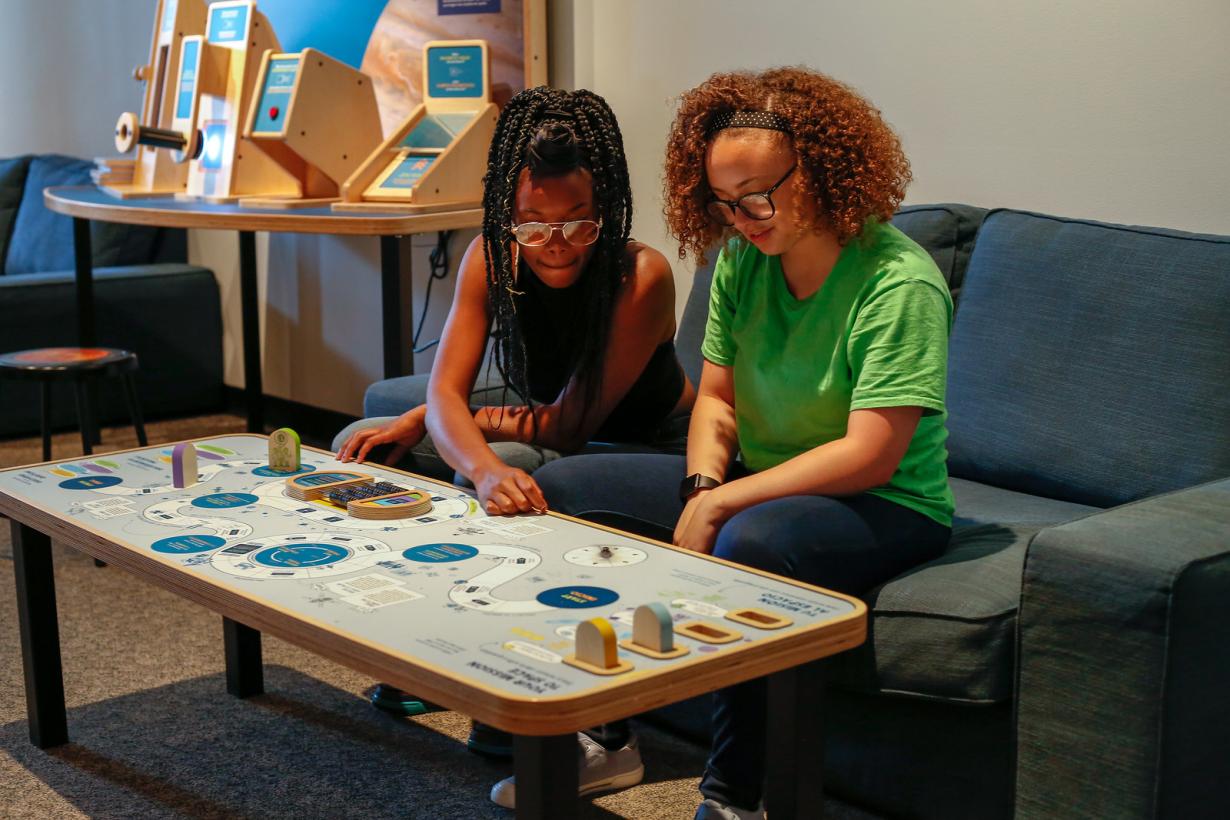
Sun, Earth, Universe Questions
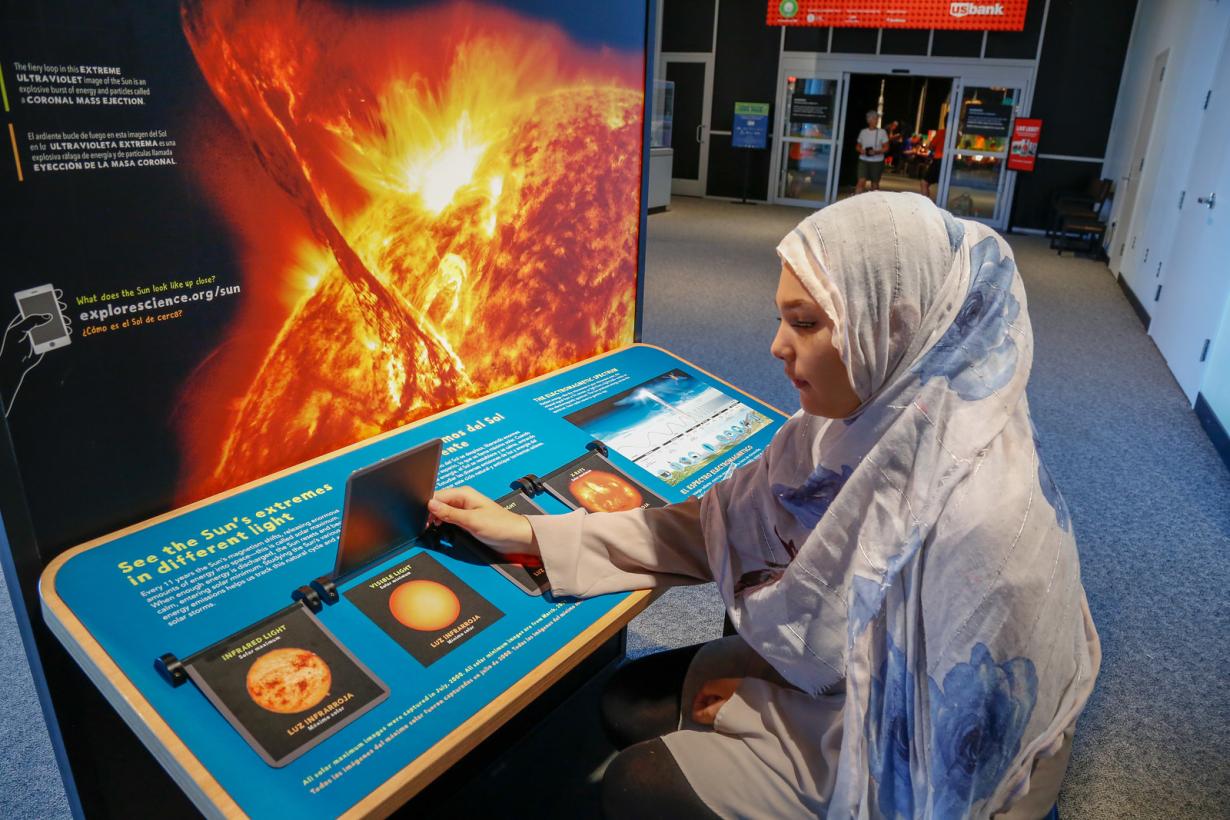
Sun, Earth, Universe Exhibition
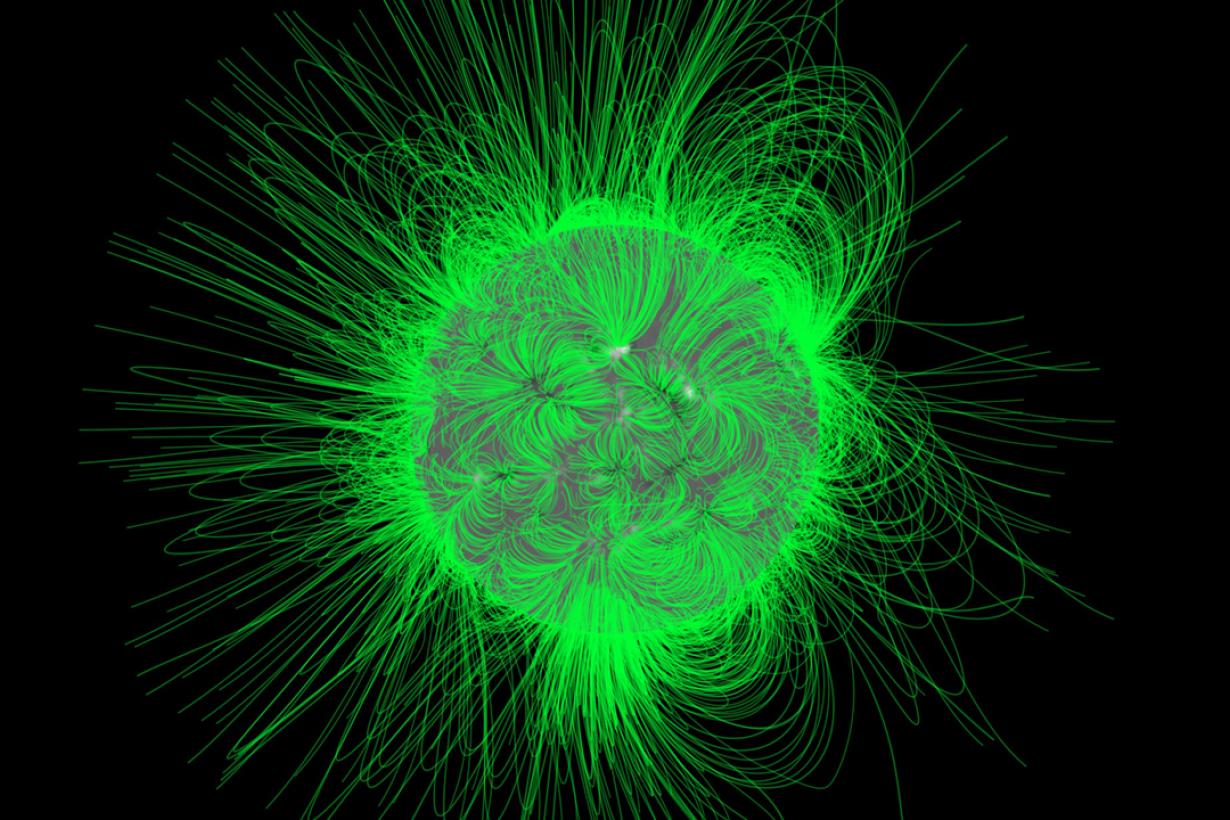
Why so many tools?

